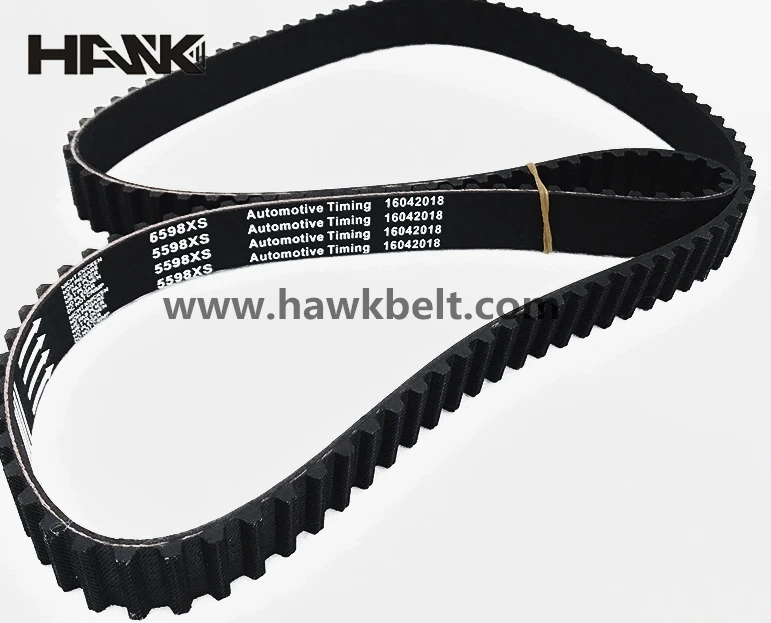- Arabic
- French
- Russian
- Spanish
- Portuguese
- Turkish
- Armenian
- English
- Albanian
- Amharic
- Azerbaijani
- Basque
- Belarusian
- Bengali
- Bosnian
- Bulgarian
- Catalan
- Cebuano
- Corsican
- Croatian
- Czech
- Danish
- Dutch
- Afrikaans
- Esperanto
- Estonian
- Finnish
- Frisian
- Galician
- Georgian
- German
- Greek
- Gujarati
- Haitian Creole
- hausa
- hawaiian
- Hebrew
- Hindi
- Miao
- Hungarian
- Icelandic
- igbo
- Indonesian
- irish
- Italian
- Japanese
- Javanese
- Kannada
- kazakh
- Khmer
- Rwandese
- Korean
- Kurdish
- Kyrgyz
- Lao
- Latin
- Latvian
- Lithuanian
- Luxembourgish
- Macedonian
- Malgashi
- Malay
- Malayalam
- Maltese
- Maori
- Marathi
- Mongolian
- Myanmar
- Nepali
- Norwegian
- Norwegian
- Occitan
- Pashto
- Persian
- Polish
- Punjabi
- Romanian
- Samoan
- Scottish Gaelic
- Serbian
- Sesotho
- Shona
- Sindhi
- Sinhala
- Slovak
- Slovenian
- Somali
- Sundanese
- Swahili
- Swedish
- Tagalog
- Tajik
- Tamil
- Tatar
- Telugu
- Thai
- Turkmen
- Ukrainian
- Urdu
- Uighur
- Uzbek
- Vietnamese
- Welsh
- Bantu
- Yiddish
- Yoruba
- Zulu
ກ.ຍ. . 07, 2024 21:39 Back to list
Industrial Belts - High-Quality Solutions for Power Transmission and Mechanical Applications
The Significance of Industrial Belts in Modern Manufacturing
Industrial belts play a crucial role in the manufacturing and transportation sectors of the economy. These belts are essential components in various machinery, facilitating the movement of materials and products between processes and enhancing overall efficiency. In this article, we explore the significance of industrial belts, their types, applications, and emerging trends that are shaping their future.
To begin with, industrial belts are primarily used for power transmission and material handling. They consist of flexible loops made from various materials such as rubber, fabric, or metal, which are designed to transport items over a distance. The most common types of industrial belts include conveyor belts, V-belts, flat belts, timing belts, and specialty belts. Each type serves specific purposes across different industries, ranging from food processing and mining to assembly lines and automotive manufacturing.
Conveyor belts, for instance, are widely employed in material handling, where bulk materials are transported efficiently from one point to another. They can be customized according to the needs of a particular industry, including variations in width, length, and material composition, to optimize their performance. V-belts and flat belts are essential for power transmission, transferring energy from one component of a machine to another, ensuring the smooth operation of machinery.
The application of industrial belts is vast and diverse. In the food industry, belts transport products through various stages of processing, ensuring hygiene and speed. In manufacturing sectors, especially automotive, belts are employed in assembly lines for the efficient movement of parts. Moreover, in mining, conveyor belts reduce labor costs and increase safety by automating the transport of heavy loads.
industrial belts

As technology advances, the design and materials used in industrial belts are also evolving. Manufacturers are increasingly adopting smart technologies, such as IoT sensors, to monitor the condition of belts in real-time. This proactive approach allows for predictive maintenance, significantly reducing downtime and extending the lifespan of the equipment. Additionally, the development of more durable and environmentally friendly materials is helping to reduce the ecological footprint of industrial operations.
Another significant trend is the growth of automation in various industries. Automated systems often integrate advanced conveyor technology, enhancing operational efficiency and accuracy. The integration of robotics with industrial belts is transforming manufacturing processes, allowing for quicker and more reliable production lines.
Safety is an ongoing concern in industries utilizing belts, and advancements in safety features are being implemented regularly. Modern industrial belts are designed with safety in mind, incorporating features such as anti-slip surfaces and emergency stop mechanisms to minimize the risk of accidents.
In conclusion, industrial belts are foundational elements that drive efficiency and productivity across various sectors. Their versatility and adaptability make them indispensable in modern manufacturing and transportation. As technology continues to evolve, the future of industrial belts promises exciting innovations that will further enhance their functionality and sustainability. As industries navigate the challenges of the 21st century, the importance of these seemingly simple components will undoubtedly continue to rise.
-
Korean Auto Parts Timing Belt 24312-37500 For Hyundai/Kia
NewsMar.07,2025
-
7PK2300 90916-T2024 RIBBED BELT POLY V BELT PK BELT
NewsMar.07,2025
-
Chinese Auto Belt Factory 310-2M-22 For BMW/Mercedes-Benz
NewsMar.07,2025
-
Chinese Auto Belt Factory 310-2M-22 For BMW/Mercedes-Benz
NewsMar.07,2025
-
90916-02660 PK Belt 6PK1680 For Toyota
NewsMar.07,2025
-
drive belt serpentine belt
NewsMar.07,2025

